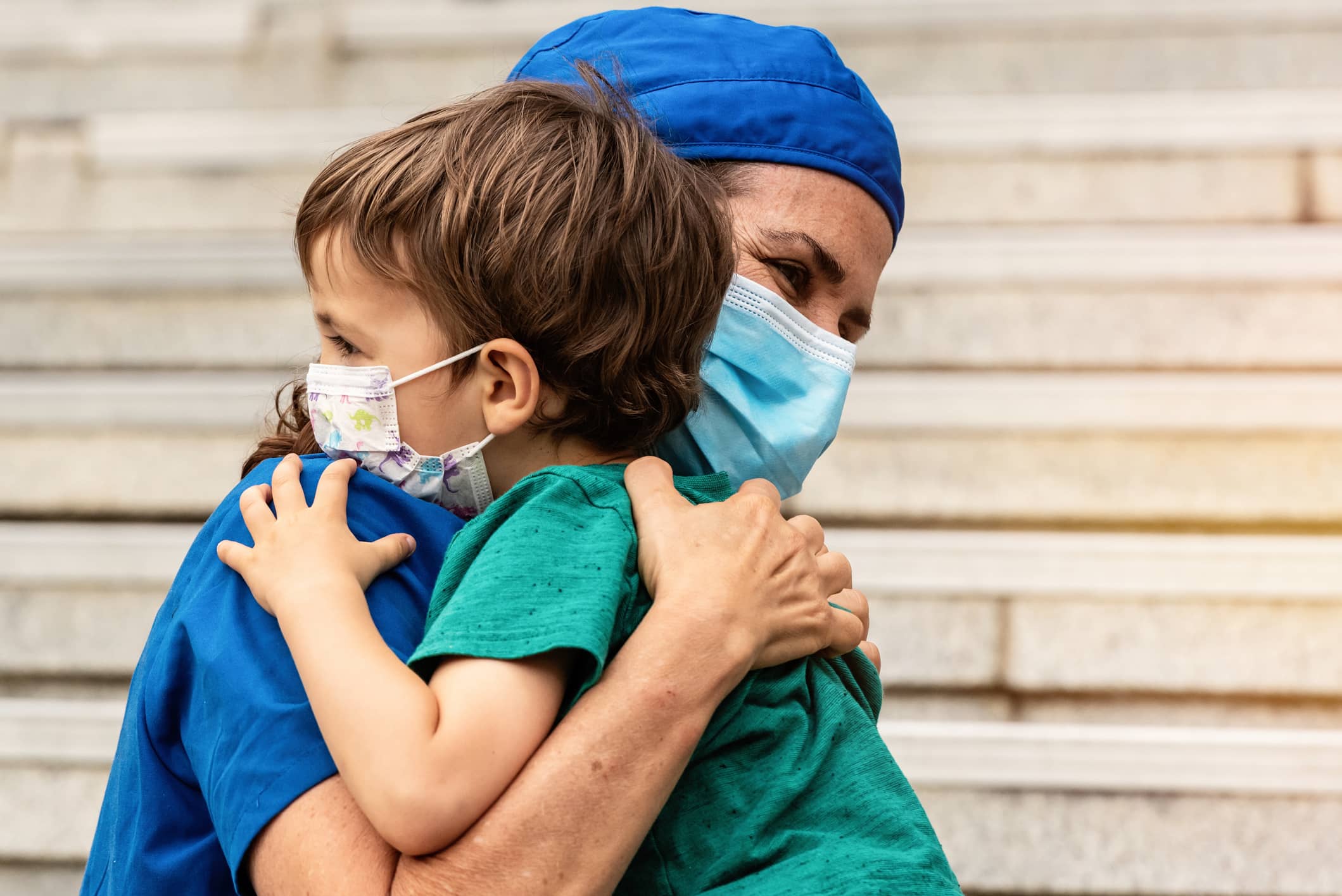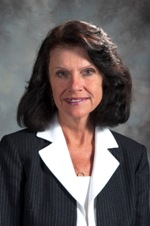
'Better' Nurse Staffing Seen at Children's Hospitals
Freestanding children’s hospitals provide better nurse staffing coverage and more support services and are at a lower risk for missing changes in patient conditions than pediatric hospitals within a hospital or pediatric units, according to a new study published in the Journal for Healthcare Quality.

Jeannie P Cimiotti, PhD, RN, FAAN, called good nurse staffing and resource allocation important for better outcomes.
“Staffing and resource allocation is a problem,” said Jeannie P Cimiotti, PhD, RN, FAAN, associate professor at the Rutgers College of Nursing in New Brunswick, N.J., and executive director of the New Jersey Collaborating Center for Nursing. “There are decades of work that show nurse staffing is an important issue. Outcomes are worse when there are fewer nurses caring for patients.”
Cimiotti and colleagues collected survey data from nearly 4,000 nurses working in 498 hospitals providing pediatric inpatient care in California, Florida, New Jersey and Pennsylvania. Combined, these four states account for more than 20 percent of annual admissions in the United States.
The nurses in pediatric hospitals and units within a hospital were more likely to report not having enough staff to adequately care for patients and not having enough support services as compared to nurses in freestanding children’s hospitals. The freestanding children’s hospitals also had lower risk for incomplete patient surveillance and missing of changes in patients’ conditions.

Cindy Driscoll, RN, BSN, MS, NEA-BC, reported that freestanding children’s hospitals provide nursing staff and support services to adeptly care for the sickest of infants and children.
Cindy Driscoll, RN, BSN, MS, NEA-BC, chief nursing officer at All Children’s Hospital in St. Petersburg, Fla., who was not involved in the study, reported that she was not surprised at the findings.
“Freestanding children’s hospitals care for the sickest infants and children, and we staff so we can take care of those children to the best of our abilities,” Driscoll said. “We have the [nursing] ratios and the support services in place. Our goal is to have the staff to care for children and their families.”
Kathleen Seerup, BSN, RN, NE-BC, administrator of critical care services and inpatient services at the Ann & Robert H. Lurie Children’s Hospital of Chicago, also not involved with the study, agreed that freestanding children’s hospitals have more generous nurse–patient ratios as compared to units within a medical center or pediatric facilities within hospitals. She credits that to acuity guidelines for children’s hospitals and inter-rater reliability studies on workload to determine staffing patterns. In addition, freestanding children’s hospitals may have more complex patients who require better staffing.
“The findings suggest differences in nurse work environments--the type of setting and the type of unit--can have an impact on resource adequacy in caring for acute and critically ill children,” said Seerup.
Cimiotti added differences in budgets and administrative responsibilities between freestanding children’s hospitals and pediatric facilities and units within general hospitals may account for some of the differences observed. In addition, Cimiotti said that the overall environment was important and can allow staff to function more efficiently.

Kathleen Seerup, BSN, RN, NE-BC, indicated that freestanding children’s hospitals have more generous nurse–patient ratios than pediatric units and facilities within other hospitals.
In designing the new Lurie Children’s facility, Seerup and others considered unit size and layout to create safer and better-staffed environments. Medical-surgical units have 12-bed neighborhoods, with a “porch” nurse workstation outside of each room. Support staff round two to three times daily and ensure supplies are stocked in a storage unit within the patient’s room, so nurses do not spend time “searching and gathering” for what they need to provide care.
Seerup hopes additional research will assess children’s hospital outcomes based on quality measures and how that relates to nurse–patient ratios.
The National Institute for Nursing Research and the Robert Wood Johnson Foundation funded the Cimiotti-led study, which is not the first to show a difference in quality associated with adequate nurse staffing and resources. The authors cite several examples of prior work linking increased nursing hours with better outcomes.
The educational level of nurses in different settings also seems to vary. The current study found 61 percent of the nurses working in freestanding children’s hospitals had a baccalaureate or higher degree, compared to 50 percent of nurses in children’s hospitals within a hospital or 41 percent in general hospitals with a pediatric unit.
Study co-author Linda Aiken, PhD, FAAN, FRCN, RN, professor of nursing and sociology and director of the Center for Health Outcomes and Policy Research at the University of Pennsylvania in Pennsylvania, has demonstrated an association between baccalaureate-prepared nurses and better outcomes in previous studies. Her research has also shown an association between lighter patient loads for nurses and better outcomes.
The authors called inadequate surveillance and missed changes in condition “alarming” due to their relationship with adverse outcomes. Infants and children will not compensate as well as an adult if their condition starts to deteriorate.
“At any given moment, a patient’s condition can change,” Cimiotti said. “Evidence shows when surveillance is poor, critical aspects of the patient’s physiological status can be missed and that may increase the likelihood of death and failure to rescue. A key component of that is resource allocation.”
